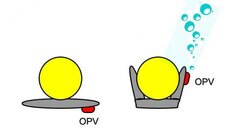LanceRiley
Contributor
How do you release the air of the bladder of the xtec donut bladder? I see 2 ways... thru the inflator.. and the dup valve.. in front? isn't it suppose to be in the back? why is it facing the diver?
sorry.. im new to this...
sorry.. im new to this...





